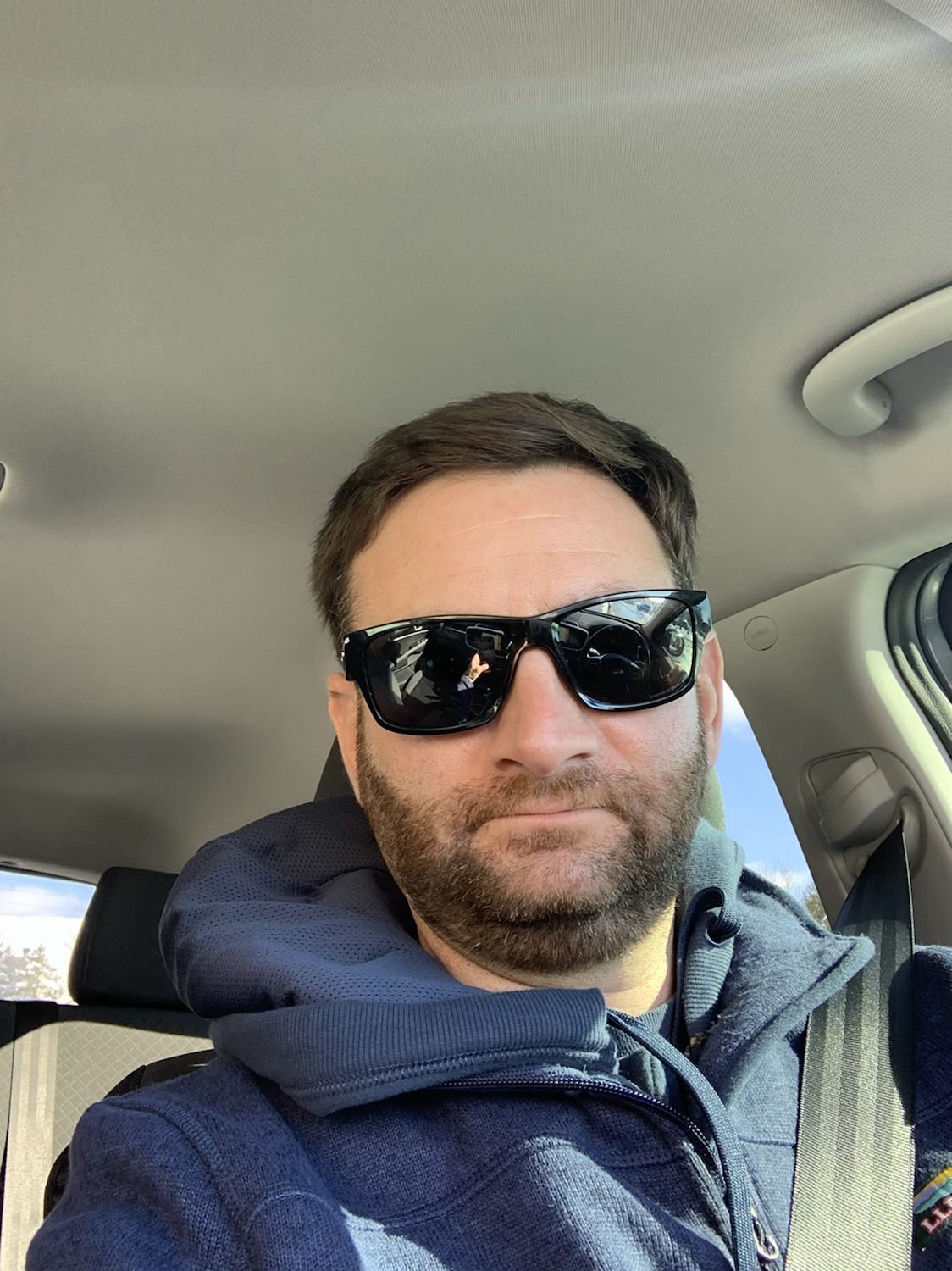Highway Safety
- Marc Fisher

- Dec 1, 2012
- 3 min read
Earlier this week, Illinois lost one of their finest. On November 26th, Illinois State Trooper Kyle Deatherage had used his police motorcycle to make a traffic stop on I-55 north of Litchfield, IL. While standing alongside the car, he was struck and killed by a passing semi-tractor trailer. The circumstances resulting in this tragedy is still under investigation. Whatever the outcome, it will not bring Trooper Deatherage back to his wife and two small children. This week, the ITEA will look at what both truck officers and truckers can do to prevent tragedy like this from happening again.
Truck officers have a unique job. Many times when police officers stop cars, the driver will naturally turn into a parking lot or quiet side street to get off the busy road. If they do not, the officer can always use the loud speaker to instruct the driver to do so. Rarely do people get worked up over cars being pulled over in parking lots or on residential streets as long as traffic flow is not impeded.
Large commercial vehicles are different though. They cannot always make the turns into the parking lots. Even if they can make the turns, the practice is discouraged because trucks may get hung up in the tight lots. Also, a business owner or resident may not want larger, heavier vehicles on their blacktop or street. This generates complaints. Even if it is possible for the trucker to turn off the busier roadway, the officer cannot always communicate through the loudspeaker…noisy diesel engines and sheer distance makes it hard to hear. The officer is left with no other choice but to get out of his vehicle, into traffic, and approach the driver.
The average traffic lane is 11’ wide. Most commercial vehicles are 8’ to 8’6” wide. This leaves 30” to 36” of lane width for the officer to approach without stepping into an adjacent lane. Assuming the driver does not pull all the way to right, this reduces the walking lane even more. If the officer stopped a sleeper cab with a 53’ van, there could easily be more than 80’ between the squad car and the cab. The officer can only hope the driver, who successfully navigated around his squad, does not drift back right and strike him.
Once at the truck, the officer has a decision to make…does he stand on the ground and talk to the driver through an open window? Climb up on the steps of the truck? Open the door and speak with the driver?
It’s hard to stand on the ground and talk through an open window. The driver is several feet above the officer and the engine is noisy. If the officer climbs up on the side of the truck, he risks faulty steps and loose hand holds. He could easily fall and land in traffic. He is also at a tactical disadvantage hanging on with one hand and trying to hold paperwork in the other. It’s hard to defend yourself with no empty hands. A passenger side approach could save the fall into traffic, but the hazards of climbing on the truck are still present.
Truckers – here’s what you can do to help the police officer. When the lights come on behind you, pull over as far as you can to the right. If there is a shoulder, use it. Never pull over into the median or the center turn lane…that forces the officer to have to walk into a lane of traffic. Experienced truck officers know the most advantageous place to stop trucks and will wait for you to get there before activating the emergency lights.
Stay in your truck. There is no sense in two people being out on the street risking contact with moving vehicles. Nor do we want to fight with a belligerent truck driver (which of course is not you!) right next to a lane of traffic. Make sure your steps and hand holds are solid and safe to grab and climb on.
What most truckers do best is slow down and move over, which is now the law in Illinois. Police officers will tell you the car drivers are the usually the ones zipping by at full speed when they are on the side of the road. Do one better! When you see the police lights up ahead, come off the throttle, turn on your four-ways, and keep that inside lane blocked as long as you can before moving over. That will keep the cars from getting too close.
Police and truckers may be on opposite sides of the law, but we always need to look out for the safety of one another.







Comments